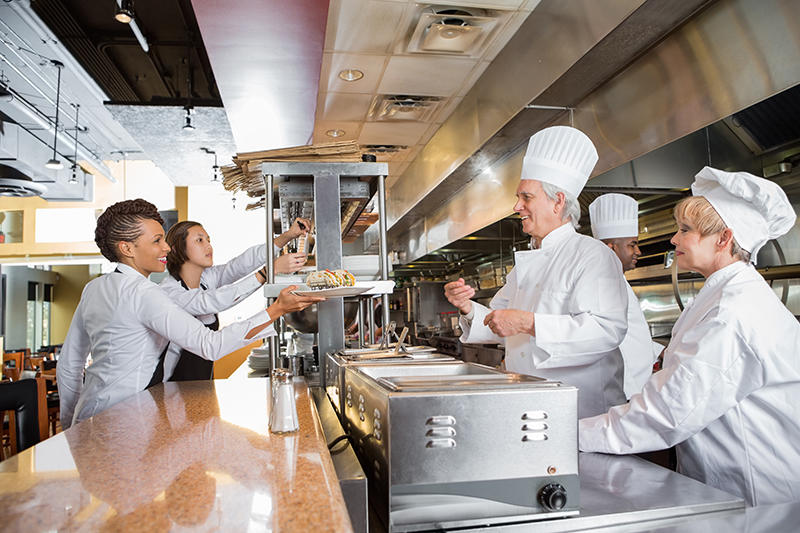COVID-19 has had a significant impact on the Tourism, Travel and Hospitality industry, with the long-term consequences yet to be fully realised. According to a report by Tourism Research Australia the closure of international borders, intrastate travel restrictions and grounding of airlines is expected to result in a prolonged period of severe disruption and slow recovery. It has been estimated by the Air Transport Association that air passenger numbers won’t return to 2019 levels until 2023-24.
The September 2020 publication of the Business Indicators, Business Impacts of COVID-19 by the ABS highlights the Accommodation and Food Services industry as one of the top reporting industries for having made long-term modifications to the way they operate as a result of COVID-19, identifying as one of the top two industries in the following modification types:
- Changed the types and range of products and services offered by the business (26%)
- Changed the way products or services are provided to customers (36%)
- Changed operating hours including opening by appointment only (25%)
- Changed staff roles or duties (26%)
In addition, the quarterly tourism labour statistics released by the ABS for June 2020 demonstrate the significant decrease in tourism jobs, with a decrease of 15% in tourism filled jobs between the June 2019 and June 2020 quarter, as well the June 2020 quarter representing the lowest number of tourism filled jobs since the June 2014 quarter. This has continued in 2021, with statistics showing 11.7% less jobs in September 2021 than in September 2020, and only 1 in 25 (4.0%) filled jobs in the economy. The tourism sectors which recorded the largest decrease in tourism filled jobs between the June 2021 and September 2021 quarters were cafes, restaurants and takeaway food services (down approximately 12%), accommodation (down by roughly 12%) and clubs, pubs, taverns and bars (down almost 9%).
According to Deloitte’s Tourism and Hotel Market Outlook 2021, measures put in place by governments to bring the pandemic under control have remained far longer than expected, with the effects of the crisis on the tourism sector to continue much further even with restrictions relaxing. Tourism remained largely at a standstill for the first half of 2021 as countries grappled with the more infectious Delta variant. Over the nine months to September, global international tourist arrivals were still 76% below pre-pandemic level in 2019.
Border closures also had a flow on effect as the effectively non-existent international migration has led to staff shortages in the hospitality sector. This issue is noted in the ABC report On a Knife’s Edge, which reveals that organisations across the country are facing a hospitality worker shortage chiefly due to a lack of international workers due to border closures - and in some cases, because the previously retrenched staff let go during the pandemic have found other work.
Since the start of the pandemic, total international and domestic visitor expenditure losses till June 2021 reached $106 billion. International tourism into Australia recorded a loss of $56 billion during this period with international borders closed to non-essential travel. Domestic tourism suffered a total loss of $50 billion ($38 billion from overnight travel and $12 billion from day trips). According to National Visitor Survey results, for the year ending September 2021 domestic overnight trips fell 29% to 82.7 million. Regional areas fared slightly better than capital cities during the September 2021 quarter, with overnight trips to regional Australia down 50% to 8.7 million, compared to capital city trips (down 72% to 3.5 million).
The recovery of the tourism, travel and hospitality sectors in Australia will depend on a range of factors, including economic conditions here and overseas, travel restrictions in Australia and overseas, government responses to manage the health crisis and, importantly, consumer confidence to resume travel again.

